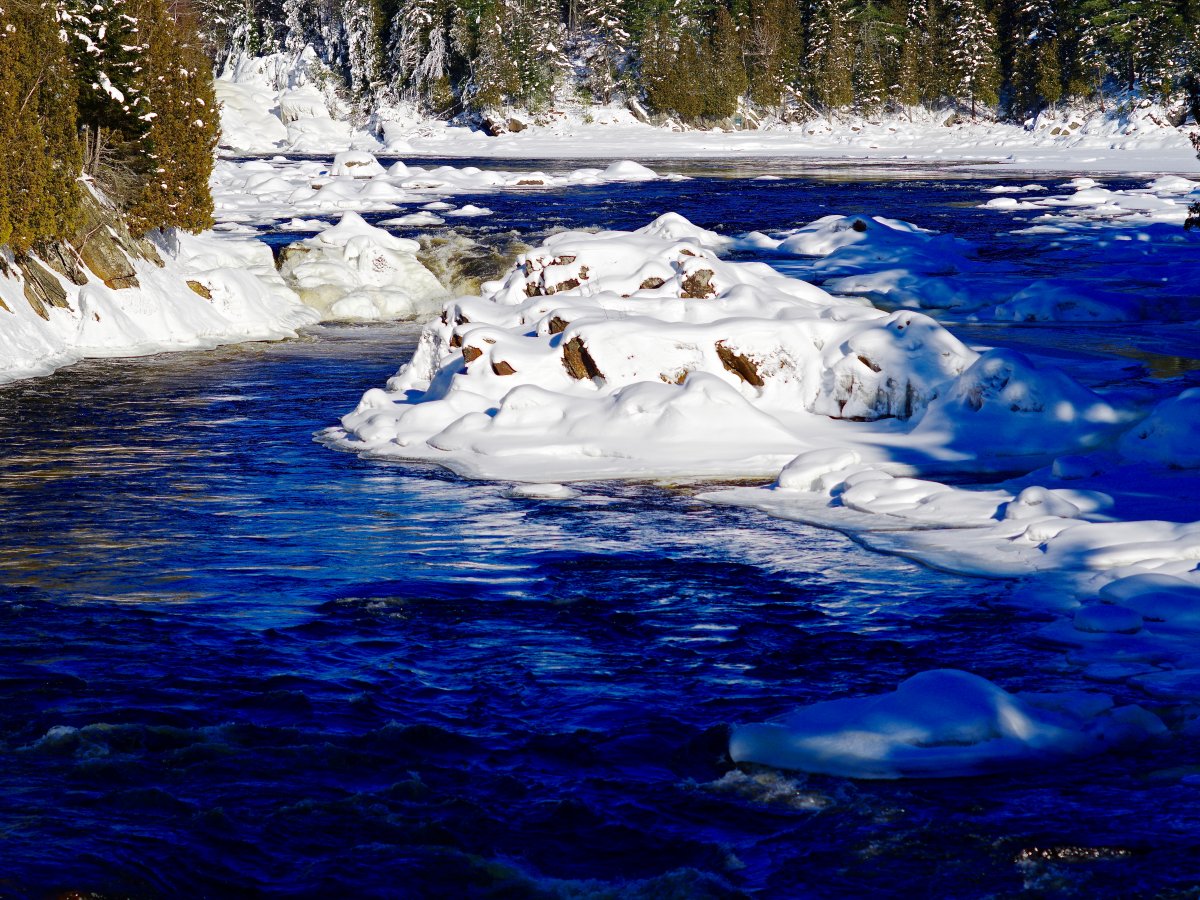Hi Pentaxians,
I am relatively new to the camera world but I have mastered the basics and can take a technically competent picture (correct exposure, desired depth of field etc etc) but one thing makes me scratch my head...
and that is the choice of lens, focal lengthwise.
I know the extreme examples, wide for landscape and zoom for catching the far off but in between drives me mad.
When I take the camera out I usually have no idea at all what I plan to shoot so I usually take my sigma 28-300 super wide lens which in good light gives me great pictures, of various types.
But I am aware that this is a bit of a blunderbuss approach, and I may be sacrificing some sharpness by using one lens.
I have a dozen or more pentax lenses ranging from 28/50/135 primes to a host of 35-80/28-70/35-105 etc.
This last category of medium zooms gives me the headache as I really dont know what are the best uses for each.
To a certain degree I guess its a matter of personal choice but I cant find any fixed logic to hang a preference from.
I would be very interested to hear your opinions and reasons for choosing which medium zooms you choose under which circumstances.
All the best
Rob
Last edited by Rob Payne; 07-20-2021 at 03:02 AM.


 Similar Threads
Similar Threads 


















 Post #13 by photoptimist
Post #13 by photoptimist








